So you think you know everything about Canada’s capital? Check this list of intriguing facts about Ottawa, Ontario. I bet you’ll learn a few new things!
This post contains affiliate links.
Fabulous urban art enlivens the Dunbar Bridge

I’ll wager that only a fraction of the countless people who drive over the Dunbar Bridge on Bronson Avenue know that, just below their cars, there’s an ever-changing explosion of colour. This legal graffiti wall next to the Rideau River near Carleton University changes regularly, as street artists paint and repaint it. It’s usually the site of the House of PainT hip-hop and urban art festival each August.
Military animals have their own monument
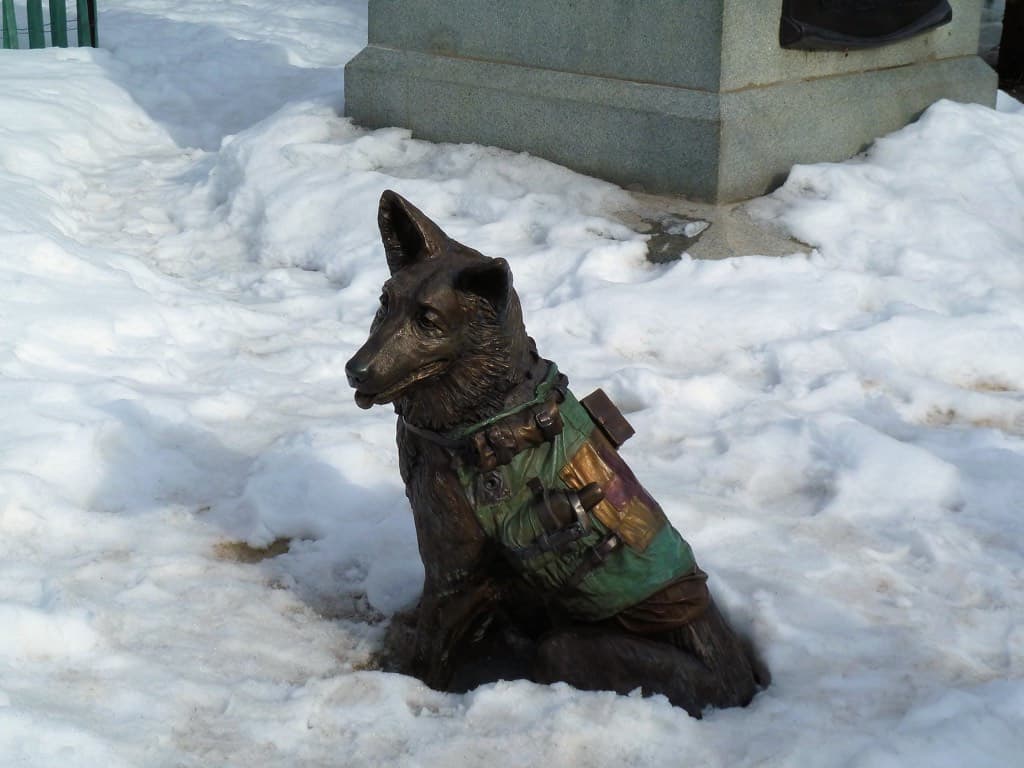
Here’s a fascinating fact about Ottawa: There’s a monument in Confederation Park to animals who have served Canada in battle. The Animals in War Dedication recognizes animals such as mules, dogs, horses and carrier pigeons. Standing guard over a plaque recognizing their service is a life-sized bronze sculpture of a dog wearing a First World War-era medical backpack. Sculptor David Clendining created the piece, which was installed in the park in 2012. Its location in the park is no accident; it was placed next to the South African War Memorial because Canada sent 50,000 horses to that conflict.
You can buy fresh bagels at 4am
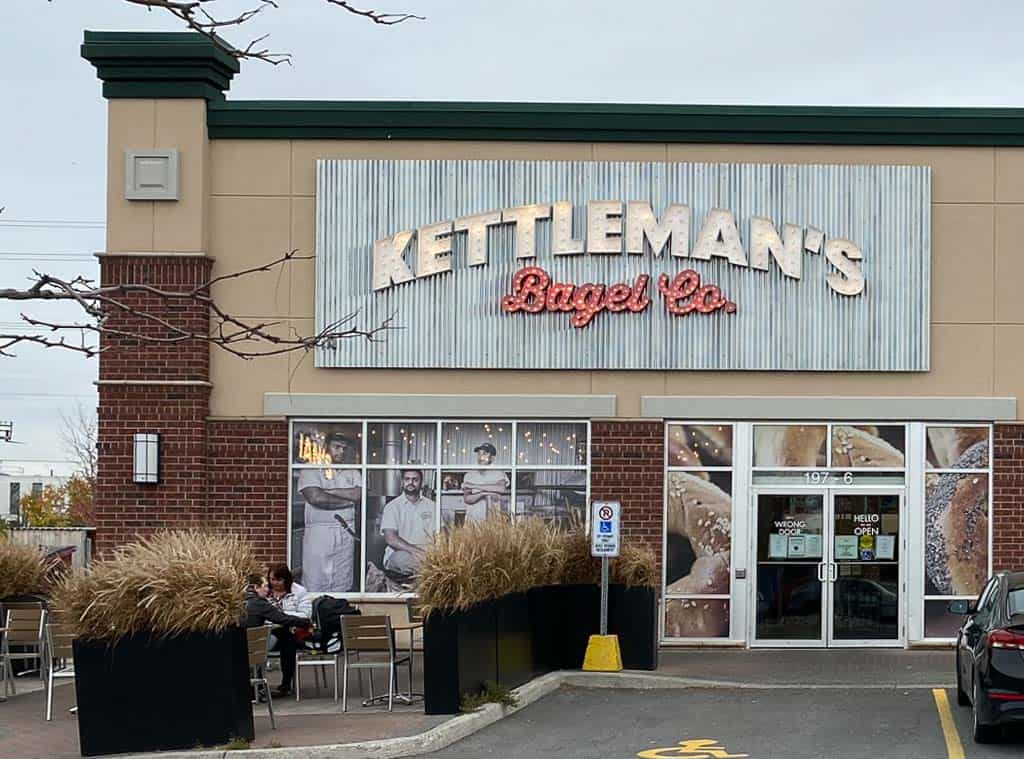
The four Ottawa locations of Kettleman’s Bagel Company—in the Glebe, at College Square, in the Trainyards complex and in Kanata—are open around the clock, every day of the year. (If you think that’s crazy, you should see the lines at the Glebe location on Christmas morning—the demand is real.) Every day, the three shops combined produce some 6,000 Montreal-style bagels. You can pick up some cream cheese spread, smoked fish and knishes, too, and order sandwiches to go.
Tip: If you order a dozen bagels, ask for freezer bags, so you can slice and freeze some of your bounty while it’s still fresh. Or you could eat the whole dozen right away. I’m not going to judge.
Champlain’s astrolabe is upside down
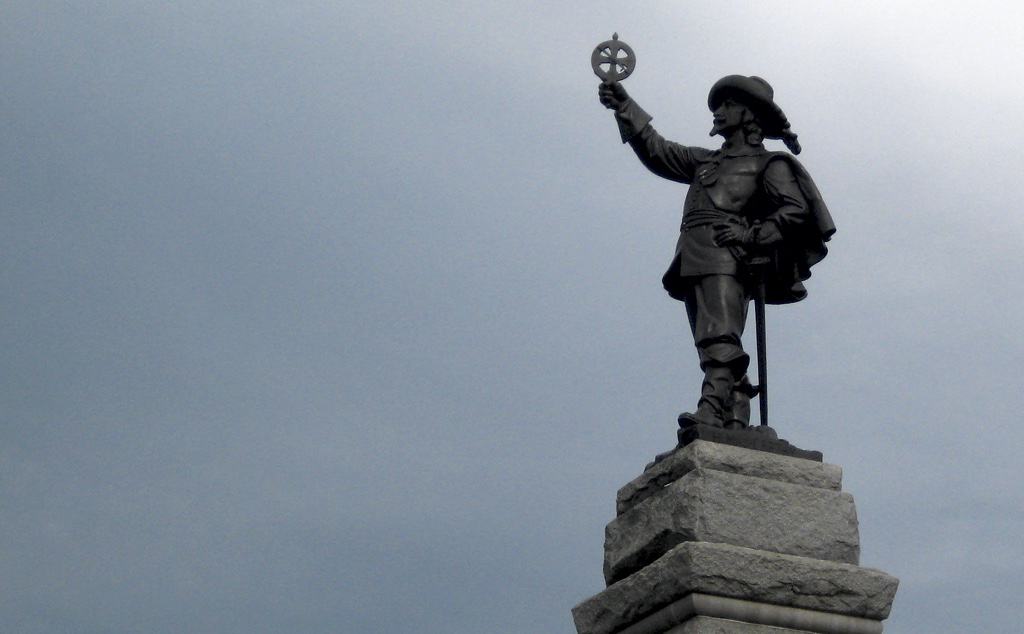
The big statue of Samuel de Champlain on Nepean Point, behind the National Gallery of Canada, isn’t exactly historically accurate. When sculptor Hamilton MacCarthy sculpted the figure in 1915, he decided to show the explorer gazing sagely through a navigational instrument called an astrolabe. Unfortunately, the monumental Champlain isn’t that wise; he’s holding the astrolabe upside down.
P.S.: To see what is likely Champlain’s actual astrolabe—which a farm boy unearthed near Cobden in 1867—head to the Canadian Museum of History.
People save birds in the west end
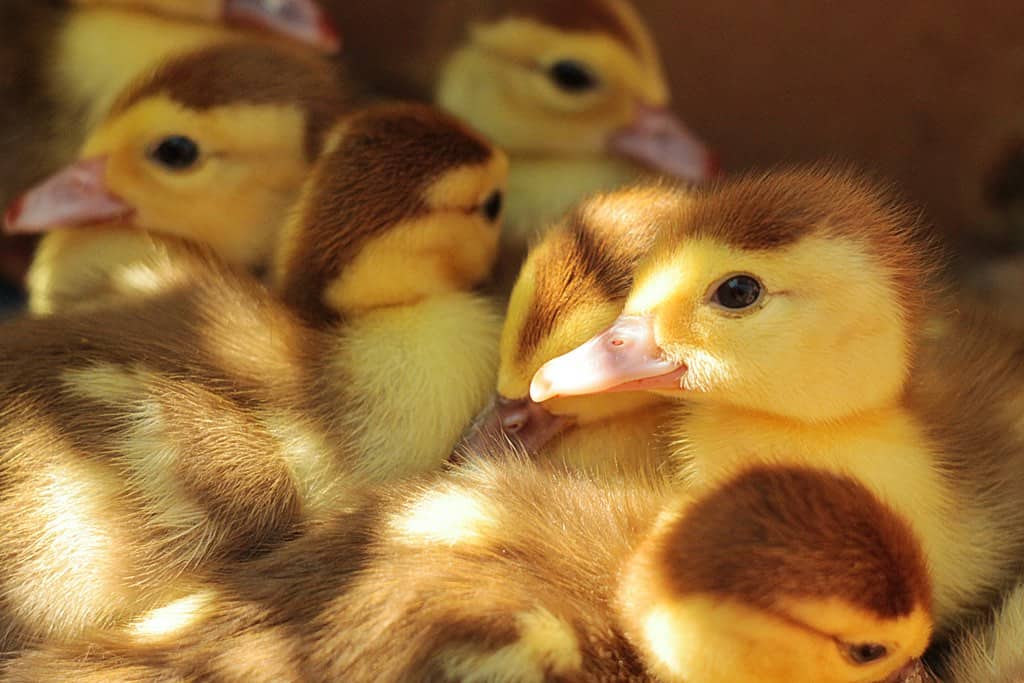
The late Kathy Nihei started what is now the Ottawa Valley Wild Bird Care Centre in 1981, and the centre is in the middle of a long-term project to construct a new building. (It’s now in a temporary location on Cedarview Road.) People from all over the region bring orphaned, sick and injured wild birds here for help. The centre also educates the public on issues such as bird-proofing windows and saving bird habitat.
The interior of the old Union Station is a Beaux Arts marvel
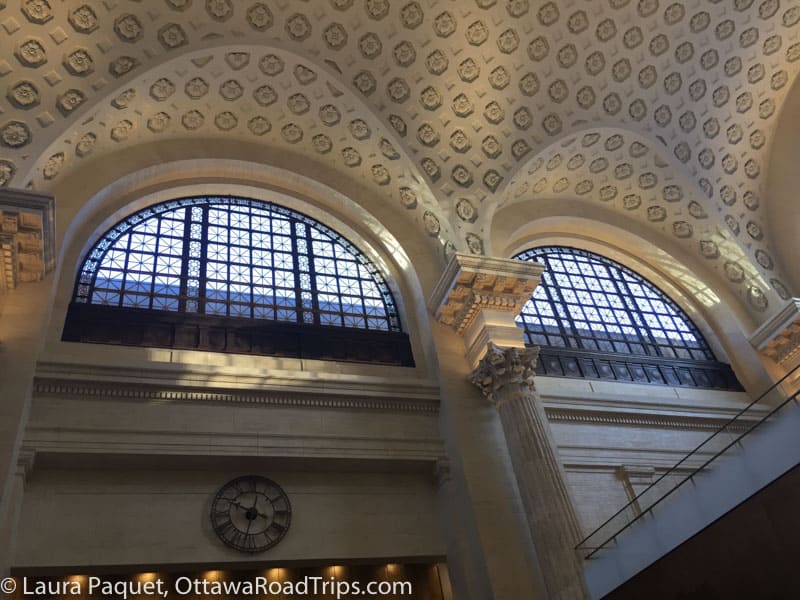
Ottawa’s former downtown railway station was used as an off-limits-to-the-general-public government meeting centre for decades. So when it became the temporary home of the Senate of Canada in 2019, I was one of the first people clamouring to take a public tour. (Here’s my photo-packed post about that visit.) As long-time readers of this site know, I’m an unapologetic architecture nerd, and I’d been dying to see what the inside of the building looked like.
Fortunately, the tour did not disappoint. One of the many highlights of the station, built in the Beaux Arts architectural style popular in the early 20th century, is the domed ceiling with its intricate plasterwork. And a tunnel underneath Confederation Square once allowed train travellers to walk to the Chateau Laurier without braving the weather. Heritage Ottawa has a good post about the building’s history.
Mādahòkì Farm hosts lots of Indigenous festivals
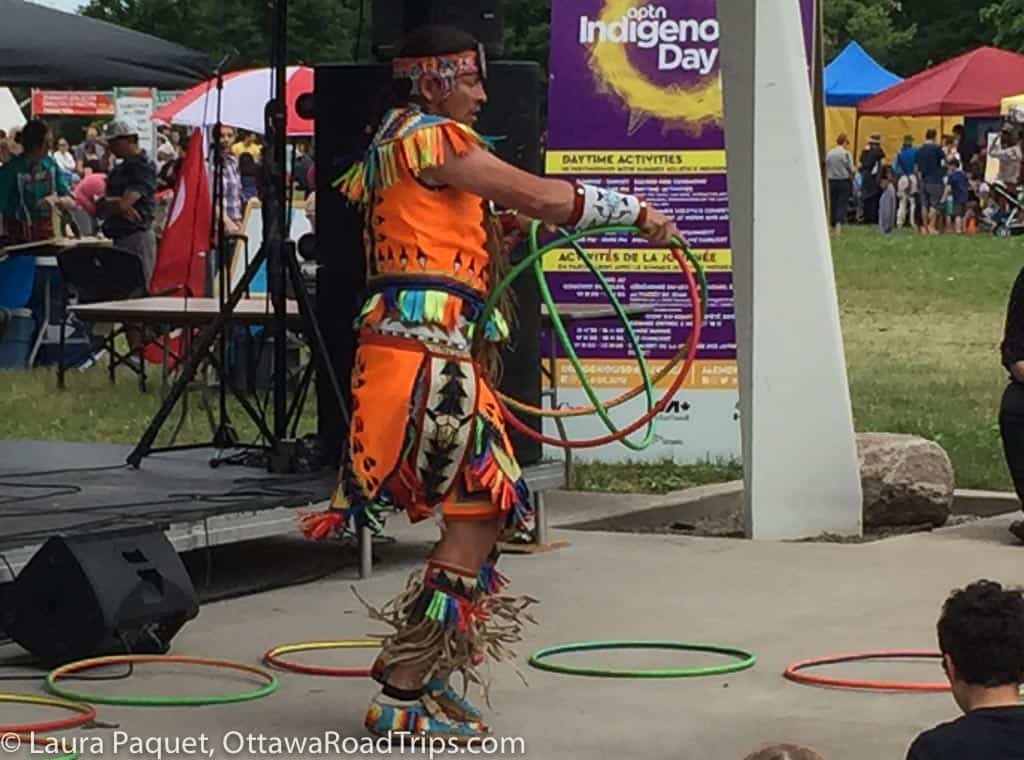
Perhaps because it’s a little off the beaten tourist track—Major’s Hill Park, Parliament Hill, Confederation Park and so on—the Summer Solstice Indigenous Festival in June at Mādahòkì Farm on West Hunt Club Road flies a little under many people’s radar. And that’s a shame, because with a large vendors’ marketplace, cooking demonstrations, concerts and a massive powwow, it’s a wonderful way to learn about Indigenous culture. Bonus: It’s just one of several festivals at the farm.
An ancient bog has an Arctic microclimate
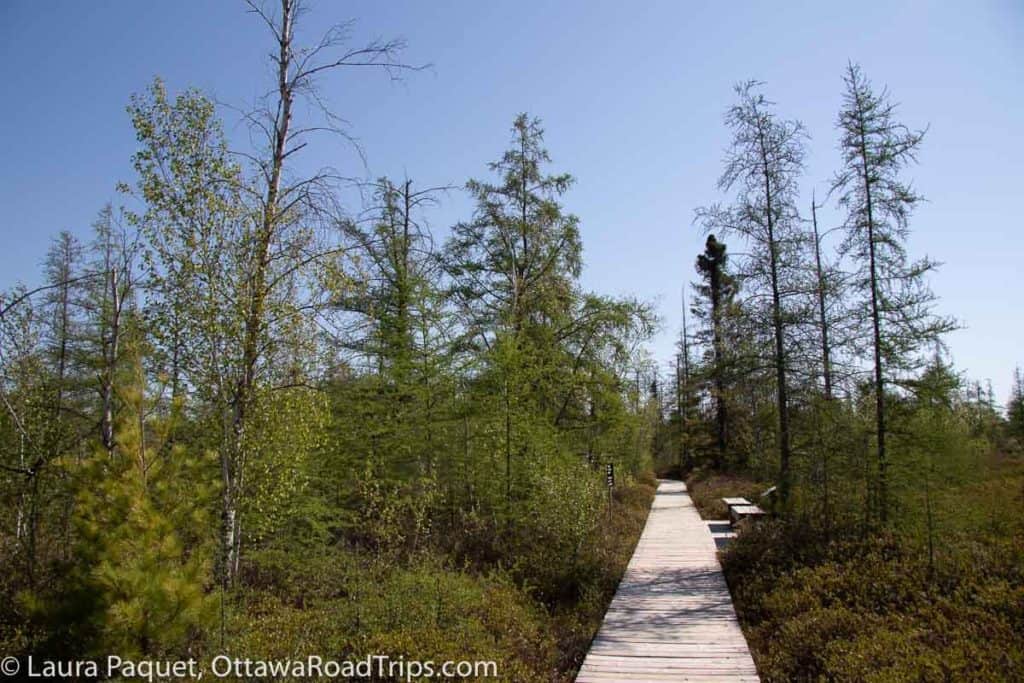
Ottawa’s Mer Bleue is one of the world’s best-studied bogs. Due to some geographic quirks, this 7,000-year-old bog is a little piece of the Arctic on Ottawa’s southeastern edge, with its own cool microclimate. An accessible boardwalk lets you explore a landscape of plants more typical of areas much further north.
A secret garden helps wildlife
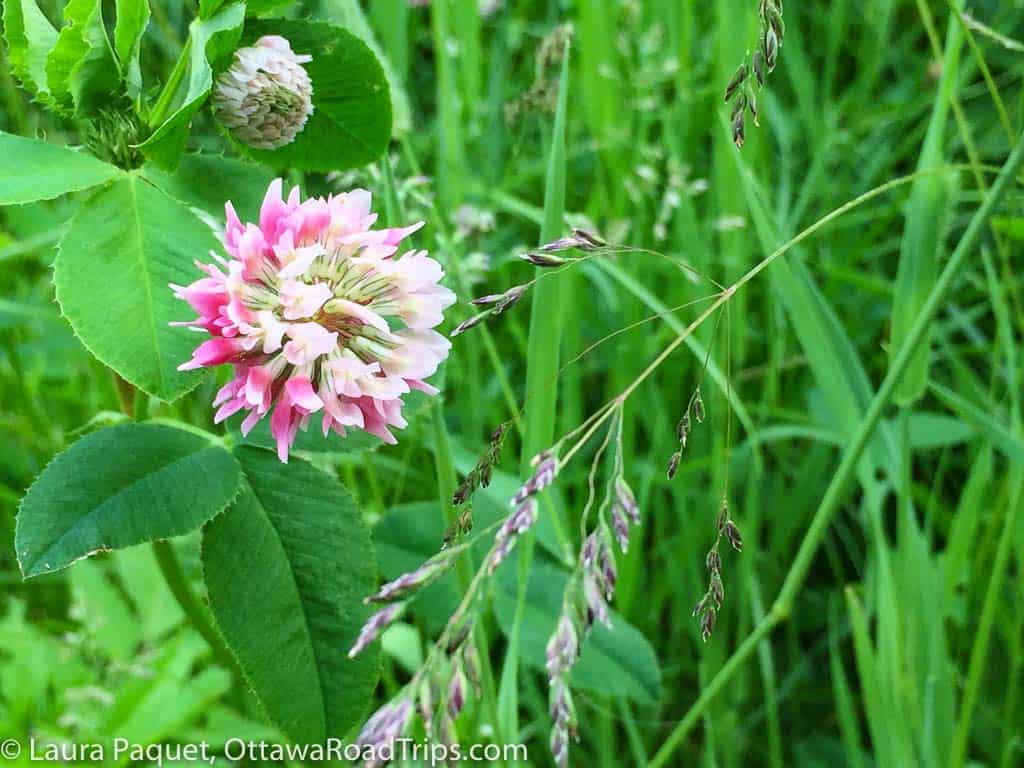
Tucked away in a corner of the Central Experimental Farm is the Fletcher Wildlife Garden. Volunteers from the Ottawa Field-Naturalists’ club began work on the garden in 1990. Today, you can visit to learn about plants native to the Ottawa area and to find out how to create a chemical-free home garden that’s friendly to bees, butterflies, chipmunks, birds and more—even bats! You can wander along trails and check out the amphibian pond, too (be careful not to disturb the snapping turtles).
A Cold War bunker lurks under a farmer’s field
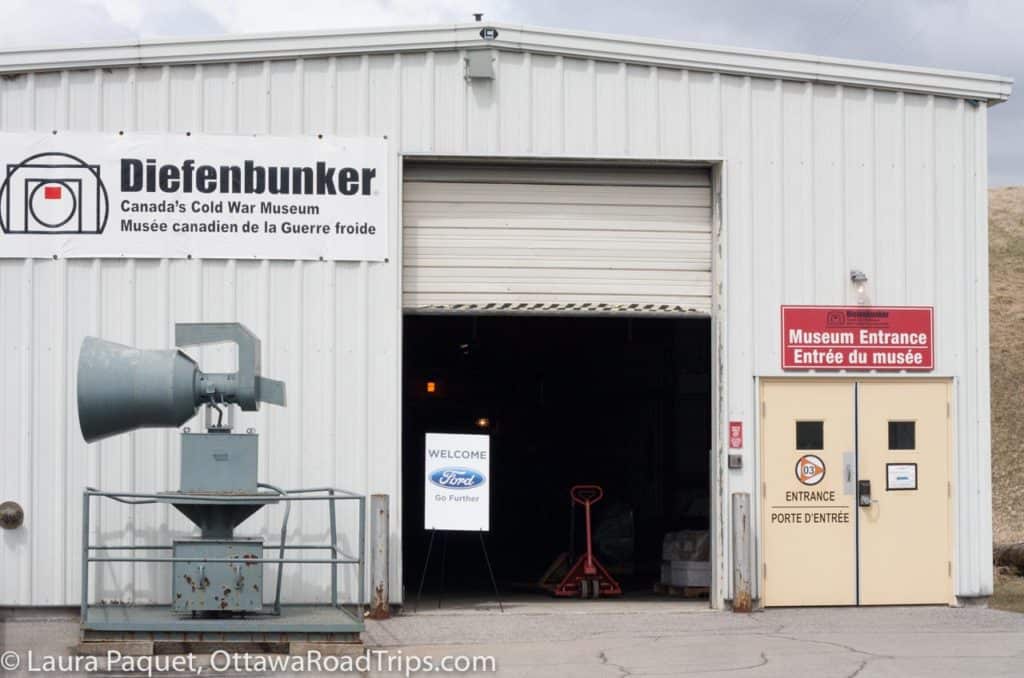
If you’ve lived in Ottawa for any length of time, the existence of a Cold War bunker in Carp probably isn’t a secret to you. But if you’re new here, or if you’re just visiting, it may come as a surprise to know you can visit a four-level, 100,000-square-foot underground complex that includes everything from a miniature CBC station to a vault built to store gold bars.
Then-prime minister John Diefenbaker commissioned the bunker in 1959 to keep government ministers and other VIPs safe in the event of a nuclear attack on Ottawa. It opened in 1961 and was a Canadian Forces Station until 1994. Throughout that time, it was always kept stocked with enough food to feed more than 500 people for a month.
After it was decommissioned, it became the Diefenbunker: Canada’s Cold War Museum in 1997. Today, you can see the perfectly preserved (or carefully restored) situation room, prime minister’s office, cafeteria, infirmary and more—all a perfect setting for channelling your inner Dr. Strangelove.
There’s a secret Stairmaster behind Parliament Hill
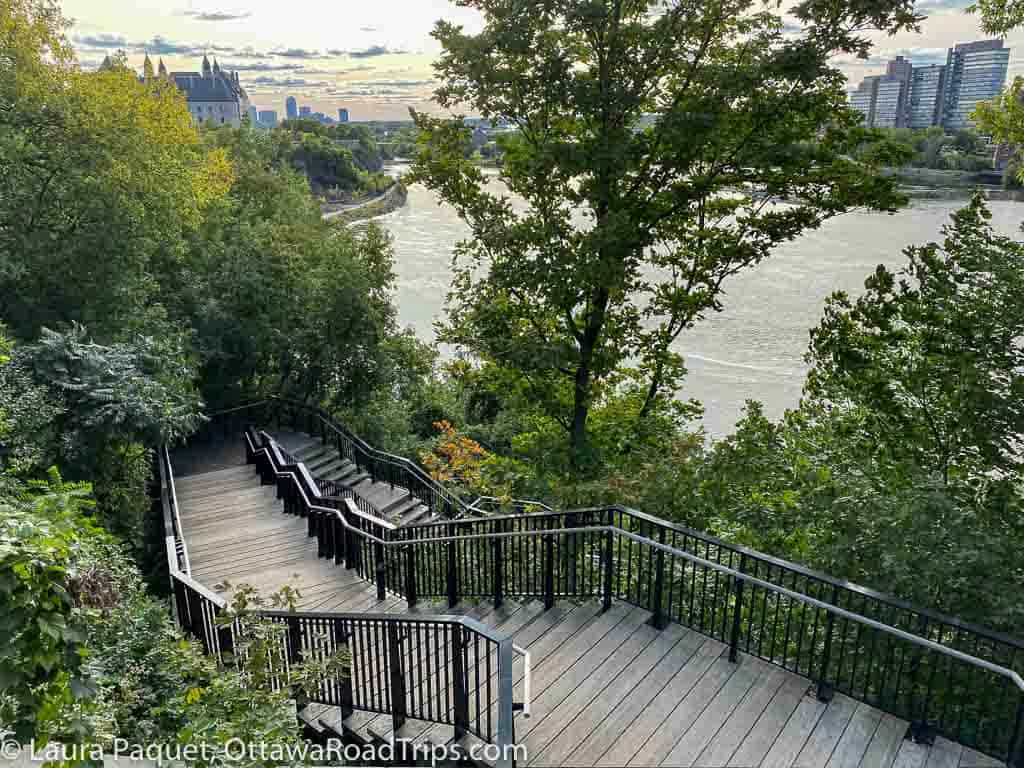
OK, it’s not really a Stairmaster—it’s better. In 2017, the federal government opened this gloriously scenic staircase to link Parliament Hill to the Ottawa River. I’m still trying to get an accurate count on the number of steps—most sources put it in the area of 280—which has made it a bit of a magnet for fitness buffs trying to boost their heart rates while out jogging. However, the stairs are wide enough that it’s easy for people to go up and down at their own pace, without getting in each other’s way. And the views of the river, the Canadian Museum of History, the Supreme Court and other landmarks are stellar. The Canadian Society of Landscape Architects recognized the staircase with a national award in 2018. (To get to the stairs, walk or cycle along the multi-use pathway west from the Bytown Museum or east from the Portage Bridge.) NOTE: THE STAIRS ARE CURRENTLY TEMPORARILY CLOSED DUE TO CONSTRUCTION.
Ghosts haunt a hostel and a mill
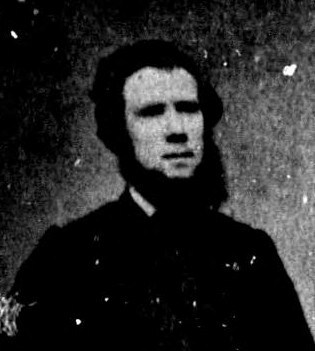
Don’t take it from me, as I’m a bit of a skeptic when it comes to all things ghoulish. Take it from Glen Shackleton, who runs The Haunted Walk of Ottawa. He swears that one night, while he was running a tour of the former Carleton County Gaol (now the Saintlo Ottawa Jail hostel), he and the other people on the tour heard an unexplained pounding on a huge wooden door. He’s convinced it was the ghost of Patrick Whelan, who many believe unfairly took the rap for the assassination of Thomas D’Arcy McGee in 1868. Whalen was hanged in the jail’s courtyard in 1869.
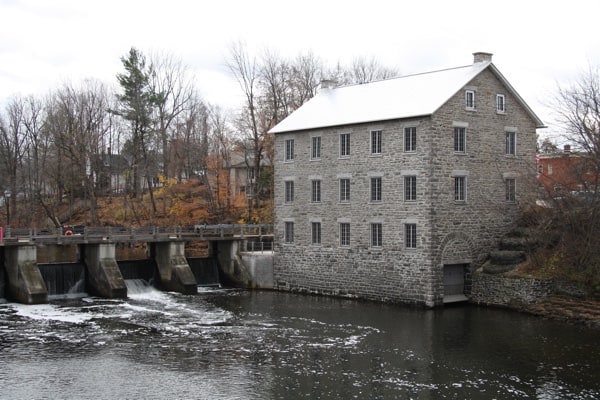
Shackleton is also among those who believe that a ghost haunts Watson’s Mill in Manotick. In 1861, Ann Crosby Currier was a newlywed, married to the mill’s co-owner. He was taking his new bride on a tour of the mill when her large hoop skirt became caught in the machinery, and she was killed. Today, some visitors report seeing a wistful woman in old-timey garb staring out the second-floor windows, and others hear ghostly steps on the stairs.
Ottawa is home to Canada’s only Le Cordon Bleu cooking school
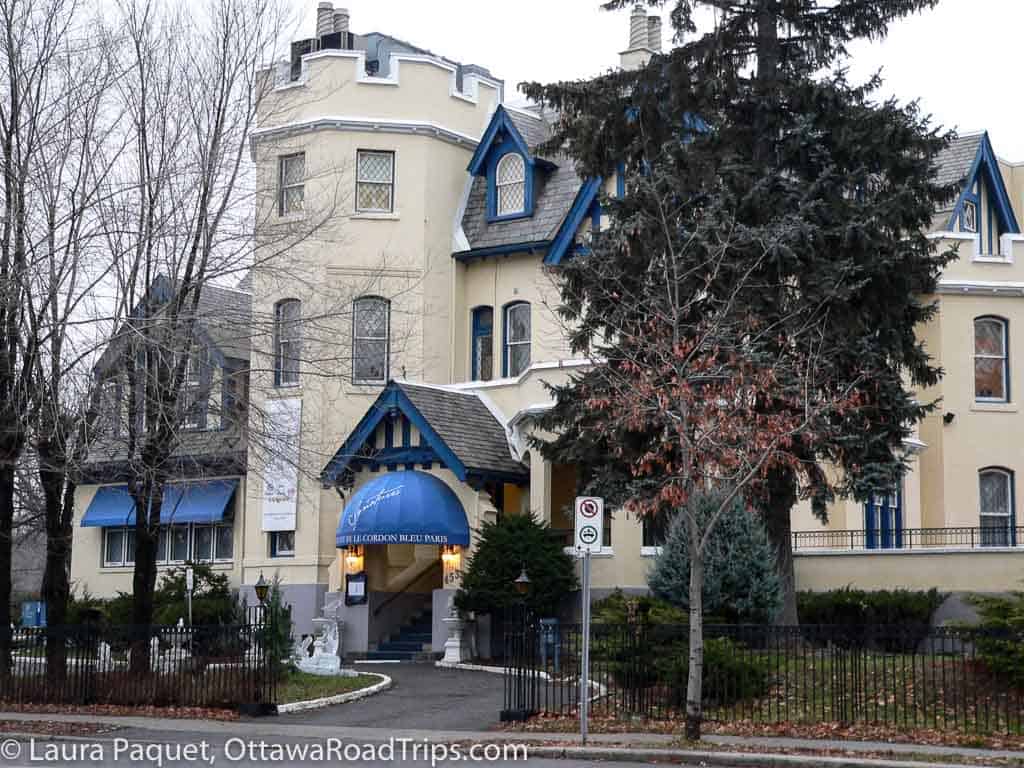
One of the world’s most famous cooking schools, Le Cordon Bleu was founded in Paris in 1895. It now has campuses in cities all over the world—including Lima, Istanbul, Melbourne and Shanghai—to teach students everything from knife skills to the secrets of a perfect baguette. The Ottawa institute, the only Le Cordon Bleu in Canada, is housed in an 1874 mansion on Laurier Avenue East in Sandy Hill. The one-time private home also served as a Second World War military residence, a university dorm and a private gourmet club before being converted to its current use in 2000.
Beechwood will soon have one of the world’s only spy cemeteries
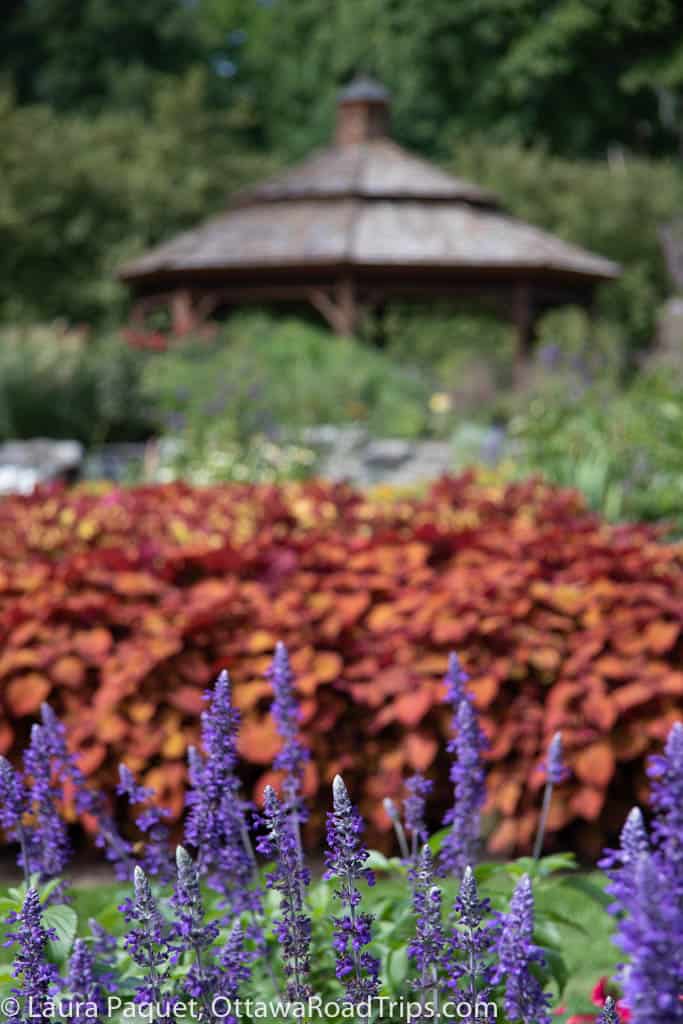
When the Canadian Security Intelligence Service first started talking to Beechwood Cemetery a few years ago about the possibility of creating a national cemetery for its personnel, the headlines just wrote themselves. (“Live and Let Die” was a popular one.) Beechwood, CSIS and the Pillar Society (an association of retired CSIS and RCMP Security Service employees) are now cooperating to build the CSIS National Memorial Cemetery at Beechwood. When it opens, it will be one of the only final resting places in the world dedicated solely to veterans of espionage (aka “spies”).
Looking for an Ottawa hotel?
Intrigued enough to visit overnight? Use the map below to find accommodations in Ottawa. Disclosure: If you click on a link in the map below and book a room that way, I’ll receive a small commission (thank you!).
If you enjoyed this post…
…you might also enjoy these!
- 10 things you didn’t know about Almonte
- 10 things you didn’t know about Wakefield
- 10 things you didn’t know about Merrickville
- 10 things you didn’t know about Carleton Place
- 10 things you didn’t know about Kingston
- 10 things you didn’t know about Brockville
- 10 things you didn’t know about the 1000 Islands
Looking for ideas for things to see and do in Ottawa, Eastern Ontario, the Outaouais and beyond? Subscribe to my free weekly newsletter.
As the owner of Ottawa Road Trips, I acknowledge that I live on, work in and travel through the unceded, unsurrendered territory of the Algonquin Anishinaabeg Nation. I am grateful to have the opportunity to be present on this land. Ottawa Road Trips supports Water First, a non-profit organization that helps address water challenges in Indigenous communities in Canada through education, training and meaningful collaboration.

13 comments
Thank you for the tour.
You’re welcome!
Love your site and great information! Look forward to it every week!!
Thanks very much, Brenda! Glad to hear you enjoy it!
Very interesting Laura. Thanks for posting. Your photography is amazing!
Thanks, Janet–and you’re welcome! I wish I could take credit for all of the photos, but some of them (such as the duckling picture) are copyright-free stock photos. But the staircase one, for instance, is mine–and I was pleased with it!
A spy cementary wow………now I know where I want to go
[…] What Ottawa park is home to this monument to animals that have served in war? […]
[…] 15 things you didn’t know about Ottawa […]
What a delightful and informative article. I only knew 6 of these places so this was my fun history lesson tonight. Thank you so much for sharing
You’re very welcome–I’m glad you enjoyed it!
Here’s a similar article with 10 more quirky Ottawa facts: https://ottawaroadtrips.com/2021/04/27/10-more-things-you-didnt-know-about-ottawa/
[…] statue in front of Parliament Hill and the scenic staircase behind Parliament Hill—in my posts 15 things you didn’t know about Ottawa and 10 more things you didn’t know about […]
[…] 15 things you didn’t know about Ottawa […]